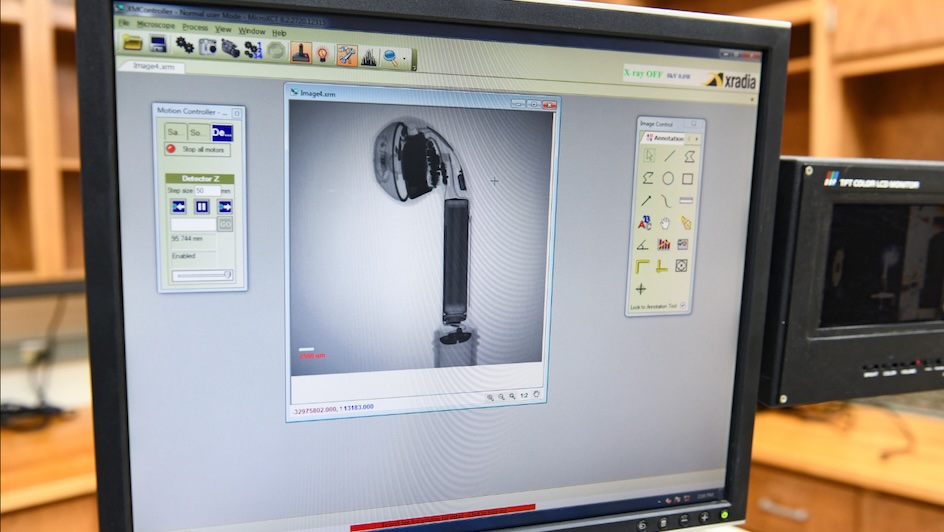Earbuds and Battery Failure: The Eternal Conundrum

It is common to hear about wireless devices subsequently losing their spark when their battery doesn’t last as long as it did when first purchased. However, a research team from the University of Texas at Austin (UT) has found out why: hidden heat caused by internal parts.
It all started when Yijin Liu, an associate professor in the Cockrell School of Engineering’s Walker Department of Mechanical Engineering, realised that his left earbud retained more battery than his right after two years of use. Instead of shrugging it off, he and his team launched a multi-institutional study into the phenomenon.
Using advanced X-ray and infrared imaging, the UT researchers discovered that beyond regular wear and tear, interactions between internal components – like the Bluetooth antenna, microphone and circuitry – created temperature spikes within the device. Over time, these uneven heat patterns accelerate battery degradation.
Real-world conditions further complicate the issue. Charging habits, environmental temperatures and usage patterns all impact battery longevity.
Guannan Qian, the study’s first author, confirmed this: “Using devices differently changes how the battery behaves and performs.”
The UT team’s work highlights the need for manufacturers to rethink battery placement and design in order to extend lifespan.
“As we discover and develop new types of batteries, we must understand real-world unpredictability and react accordingly,” said Brookhaven National Laboratory physicist, Xiaojing Huang.
The research, conducted with input from institutions such as Stanford, Brookhaven and the European Synchrotron Radiation Facility, underscores a gap between lab testing and real-life usage.
With these insights, future devices could be built to better withstand daily use – meaning longer-lasting batteries for everyone.
Image Credit: Source




















